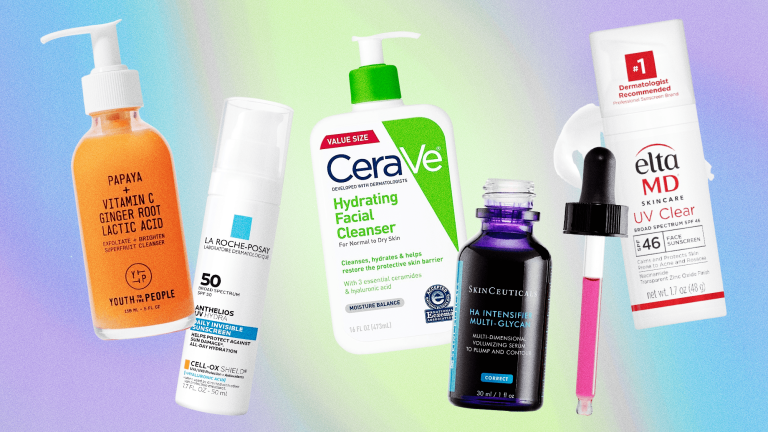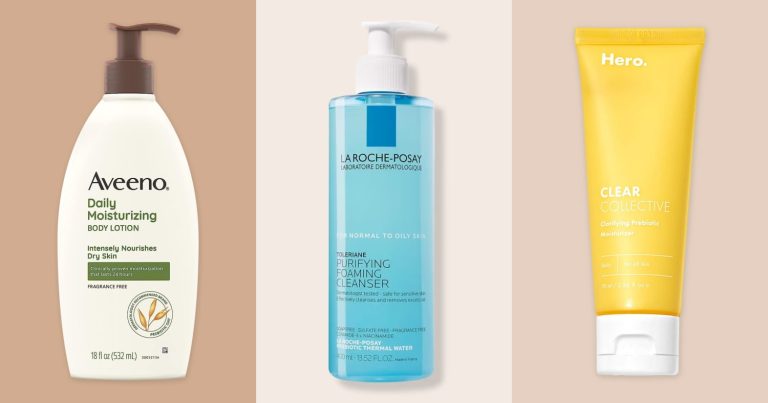
Your skin is the first to know when the environment turns hostile. It’s a living, breathing barrier—not just a passive covering. And honestly, a one-size-fits-all skincare routine just doesn’t cut it when you’re facing desert dryness, tropical humidity, or biting cold.
Think of it like packing for a trip. You wouldn’t wear a parka to the beach or shorts in a snowstorm. Your skincare needs that same level of thoughtful, climate-specific adaptation. Let’s dive into how you can build a routine that doesn’t just survive the elements, but thrives in them.
The Desert and Arid Climates: Your Battle Against Evaporation
Here’s the deal in the desert: moisture is stolen from your skin almost the instant it’s applied. Low humidity, scorching sun, and harsh winds create a perfect storm for dehydration. Your skin can feel tight, look flaky, and fine lines might seem more pronounced. It’s a constant fight against water loss.
Your Arid Climate Skincare Arsenal
For this kind of dry climate skincare, you need to think like a cactus—hoarding every precious drop.
- Cleanse Gently: Ditch the foaming, stripping cleansers. Opt for a creamy, milky, or balm formula that cleans without compromising your skin barrier.
- Embrace Hydrating Serums: This is non-negotiable. A serum packed with hyaluronic acid is great, but here’s a pro tip: apply it to damp skin. It pulls that water into your skin, not from it. Glycerin is another hero ingredient.
- Seal it In with Occlusives: Hydration is nothing without sealing. Look for rich moisturizers with ceramides, shea butter, or squalane. At night, a thin layer of a non-comedogenic oil or a dedicated sleeping mask can be a game-changer.
- SPF is Your Religion: Sun protection is critical everywhere, but in arid zones, UV rays are intense. A mineral-based sunscreen can also provide a slight physical barrier against wind.
Humid and Tropical Zones: The Stickiness Factor
Switching gears completely, high-humidity environments are a different beast. The air is thick with moisture, which sounds good in theory, but for many, it leads to a shiny, sticky face and clogged pores. The constant sweat can disrupt your skin’s microbiome, leading to breakouts and irritation. It’s a balancing act between light hydration and managing excess oil.
Your Humid Climate Skincare Strategy
The goal here is to feel fresh, not fried or… swampy.
- Gel-Based Everything: Swap heavy creams for gel cleansers, gel-based moisturizers, and watery serums. They provide hydration without the suffocating feel.
- Exfoliate Regularly: To prevent pore congestion, chemical exfoliants like salicylic acid (BHA) are your best friend. They dive into pores to clear out gunk. Aim for 2-3 times a week.
- Toner is Key: A gentle, alcohol-free toner can help rebalance your skin’s pH after cleansing and remove any last traces of impurities in this pore-clogging environment.
- Lightweight, Non-Comedogenic SPF: A matte or dry-touch sunscreen is essential. Look for formulas labeled “non-comedogenic” to avoid adding to the pore-clogging problem.
Cold and Windy Climates: When the Air Bites
Bitter cold, whipping wind, and then… the shock of dry, heated indoor air. This brutal combo strips your skin’s natural lipids, leading to redness, cracking, and that infamous “winter itch.” It’s less about adding water and more about repairing and protecting that fragile outer shield. This is where extreme cold skincare becomes a form of defense.
Your Cold Weather Skincare Defense
Think of your routine as layering up, just like you would with clothing.
- Skip the Hot Water: Tempting as it is, hot showers and face washing further strip oils. Use lukewarm water instead.
- Barrier-Repair Creams: This is the time for the thickest, richest creams you can find. Ingredients like ceramides, peptides, and cholesterol actively repair the skin barrier. Don’t be afraid of a textured face cream.
- Don’t Forget Your Lips & Hands: Use a lanolin-based or wax-heavy lip balm and a rich hand cream constantly. Chapped lips and cracked knuckles are a sure sign your skin is losing the battle.
- SPF Still Applies: Snow reflects up to 80% of UV rays, effectively hitting your skin twice. Sunscreen is a year-round mandate here.
Well, you know, it’s not just about temperature. High-altitude environments, for instance, combine the dehydration of arid climates with the intense UV exposure of, well, being closer to the sun. It’s a double-whammy that demands a hybrid approach—intense moisturizing paired with maximum sun protection.
Building Your Adaptive Skincare Routine
So how do you put this all together? It’s about listening. Your skin will tell you what it needs if you pay attention. Here’s a quick-glance table to help you adapt on the fly.
| Climate | Core Focus | Key Product Types | Ingredients to Look For |
|---|---|---|---|
| Arid / Dry | Prevent Moisture Loss | Cream Cleansers, Rich Creams, Face Oils | Hyaluronic Acid, Ceramides, Shea Butter |
| Humid / Tropical | Balance Oil & Prevent Clogging | Gel Cleansers, Lightweight Serums, Matte SPF | Salicylic Acid (BHA), Niacinamide, Aloe |
| Cold / Windy | Repair & Protect Barrier | Balms, Barrier Creams, Ointments | Peptides, Lanolin, Squalane, Zinc (in SPF) |
Honestly, the biggest mistake people make is sticking rigidly to one routine. Your skin is a dynamic organ. Maybe you need a heavier moisturizer for a week of windy weather, then you can switch back to your gel formula. That’s not being inconsistent—it’s being smart.
A Final Thought on Skin and Place
Our skin is in a constant, silent conversation with the world around it. The goal of climate-specific skincare isn’t to dominate your skin’s natural processes, but to support them. To work with the environment, not just against it. It’s a subtle shift in perspective—from fighting your skin to partnering with it, no matter where on Earth you find yourself.







